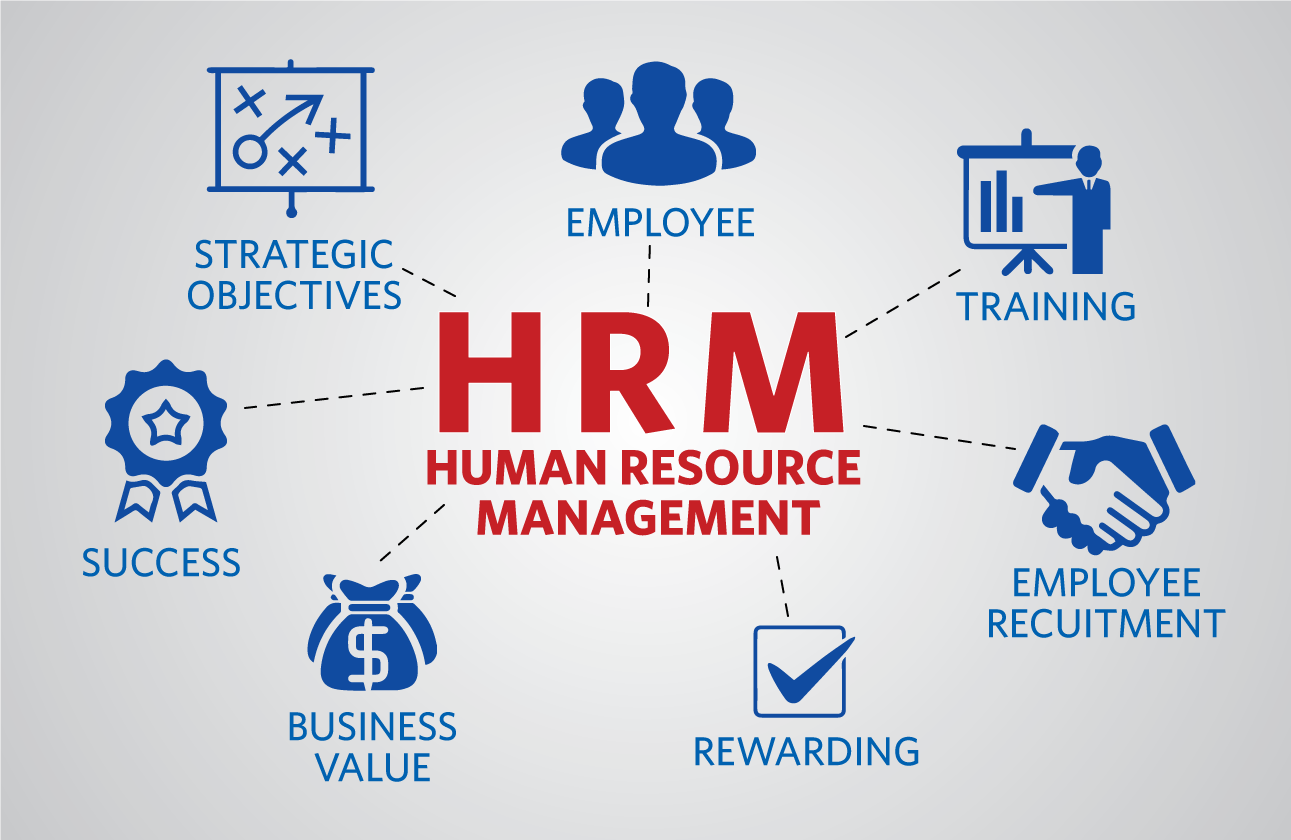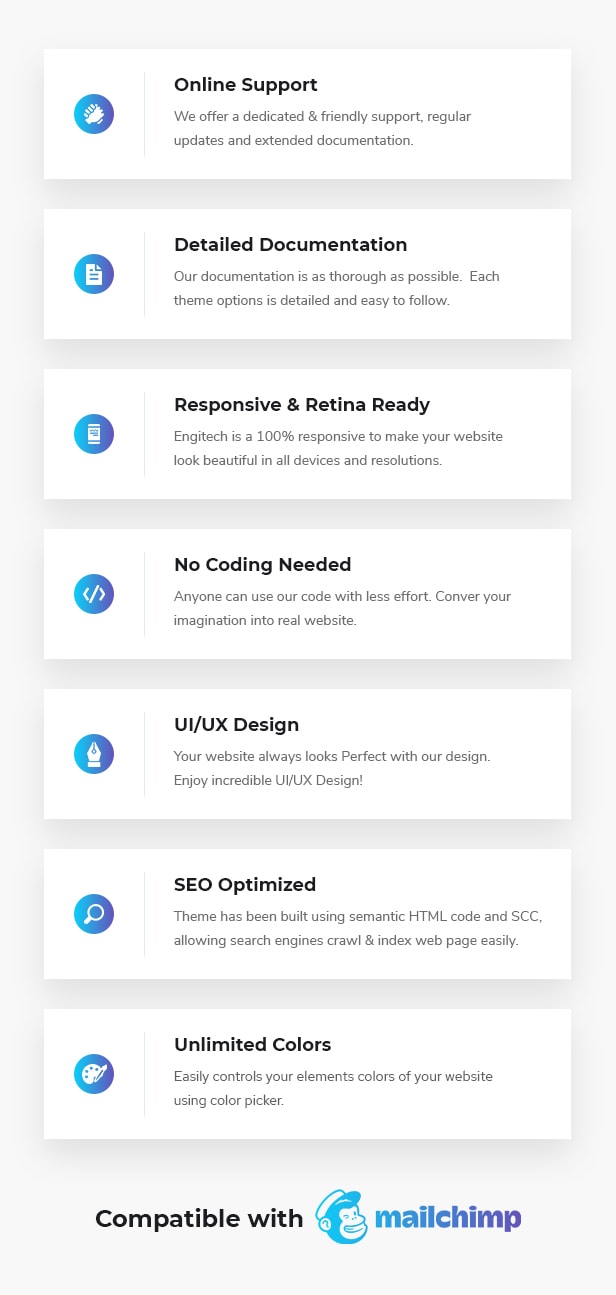ChatGPT
Human resource management (HRM) software is designed to streamline and automate various HR functions within an organization. Here are the typical steps involved in how HR management software works:
- Data Collection and Storage: The software begins by collecting and storing essential employee information such as personal details, job history, performance reviews, benefits enrollment, and payroll information. This data is securely stored in a central database or cloud-based system.
- Recruitment and Applicant Tracking: For recruitment purposes, HR software often includes tools for posting job openings, accepting applications, and managing the hiring process. Applicant tracking systems (ATS) help HR professionals manage candidate pipelines efficiently.
- Onboarding: Once a candidate is hired, HR software facilitates the onboarding process. This includes electronic document signing, orientation scheduling, setting up payroll and benefits, and introducing new hires to company policies and procedures.
- Performance Management: HR software helps track employee performance through goal setting, performance reviews, feedback collection, and performance analytics. This data can inform decisions related to promotions, training needs, and compensation adjustments.
- Learning and Development: Many HRM systems include learning management capabilities to facilitate employee training and development. This may include creating and assigning courses, tracking progress, and assessing learning outcomes.
- Employee Self-Service: HR software often includes a self-service portal where employees can access their own information, update personal details, request time off, view pay stubs, and enroll in benefits. This reduces administrative tasks for HR professionals and empowers employees.
- Payroll and Benefits Administration: HR software typically integrates with payroll systems to automate salary calculations, deductions, tax filings, and direct deposits. It also manages employee benefits enrollment and administration, including health insurance, retirement plans, and other perks.
- Compliance and Reporting: HRM software helps ensure compliance with labor laws and regulations by tracking and managing employee data, ensuring proper documentation, and generating reports for audits or legal purposes.
- Analytics and Insights: Advanced HR software provides analytics and reporting tools that HR professionals can use to gain insights into workforce trends, employee engagement, turnover rates, and other key metrics. These insights inform strategic decision-making.
- Integration with Other Systems: Many HR management systems offer integration with other business systems such as ERP (Enterprise Resource Planning), accounting software, and performance analytics tools to provide a holistic view of organizational operations.
Overall, HR management software aims to improve efficiency, reduce administrative burden, enhance employee satisfaction, ensure compliance, and support strategic HR decision-making within organizations of all sizes.


